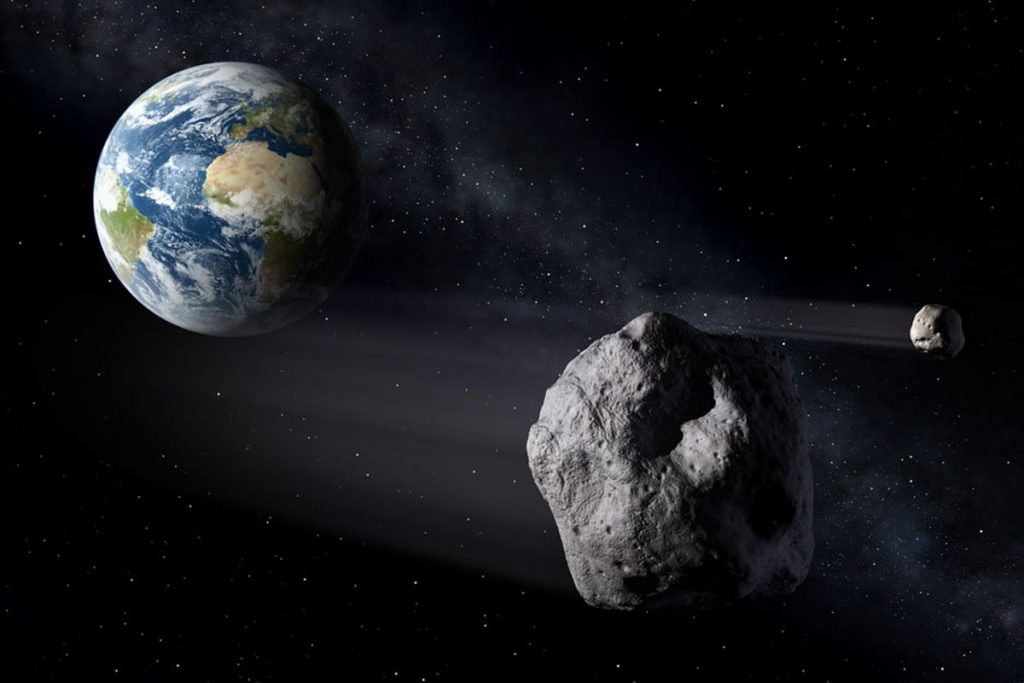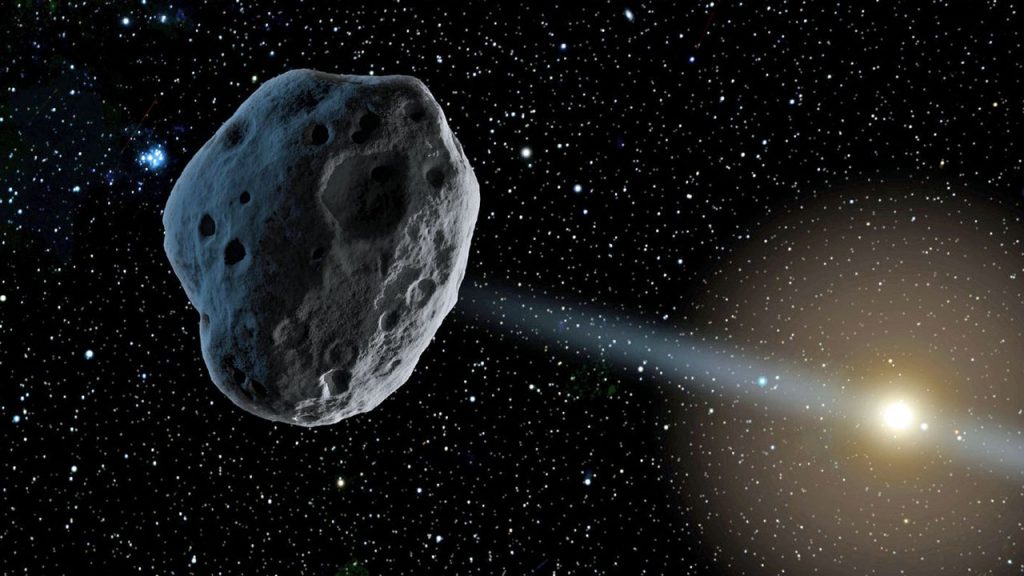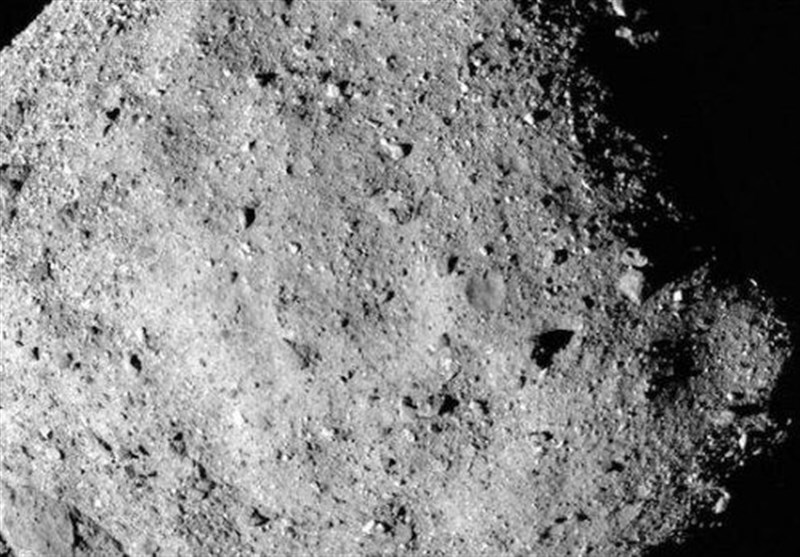Scott Sheppard, a staff scientist at the Carnegie Institution of Science, along with the team of scientists that he leads, have discovered the fastest orbiting asteroid in the Solar system.
Dubbed as 2021 PH27, the tiny space rock orbits the sun in just 113 days. The quickest celestial object orbits around the sun apart from Mercury which orbits the sun in just 88 days.

This is a breakthrough discovery as it would shed light on the overall dynamics of such rocks in space. For example, what is their origin, how do they orbit, are they headed somewhere? Are they lose rocks, or are they solid structures?
One thing is certain that the asteroid is not made out of the lead. The asteroid gets so close to the sun that its surface heats up to a blistering 900 degrees Fahrenheit, which is enough to melt lead. However, another thing is also certain; the superfast rock is doomed to be absorbed in our sun or collide with Venus or Mercury in few million years.

“The fraction of asteroids interior to Earth and Venus compared to the exterior will give us insights into the strength and make-up of these objects,” Sheppard said in a statement.
That’s pertinent to be borne in mind if we ever want to stand a chance of defending the Earth from a future bombardment of asteroids.
“Understanding the population of asteroids interior to Earth’s orbit is important to complete the census of asteroids near Earth, including some of the most likely Earth impactors that may approach Earth during daylight and that cannot easily be discovered in most surveys that are observing at night, away from the Sun,” Sheppard added.

As of now, the speedster is hiding somewhere behind the sun, but scientists are hoping to have a glimpse of the tiny asteroid at the turn of the year.


